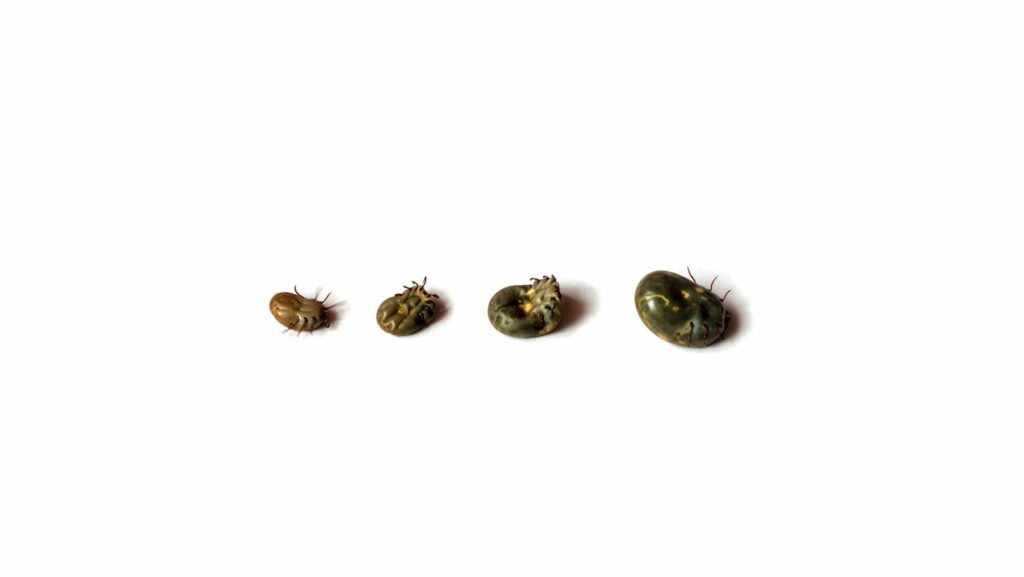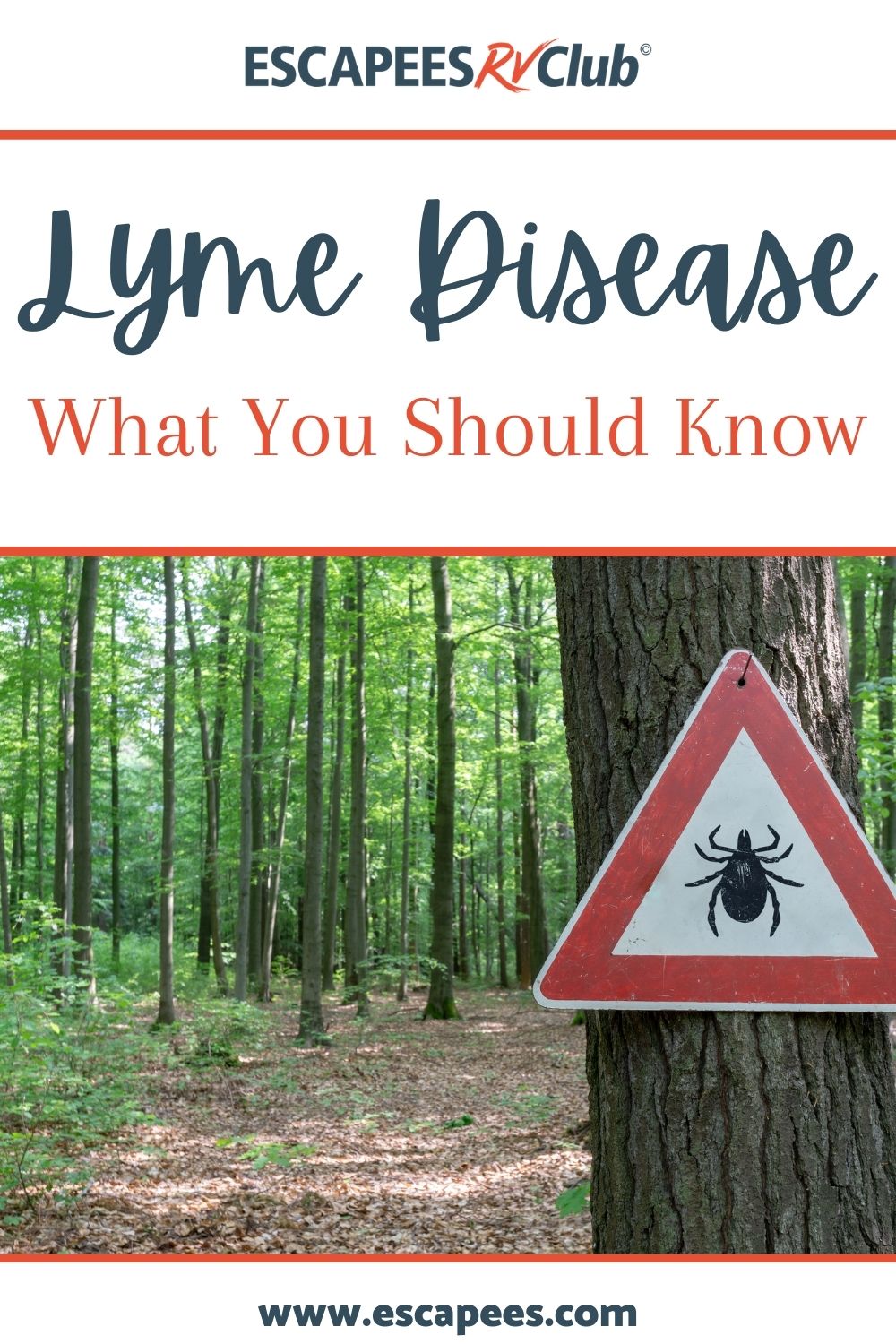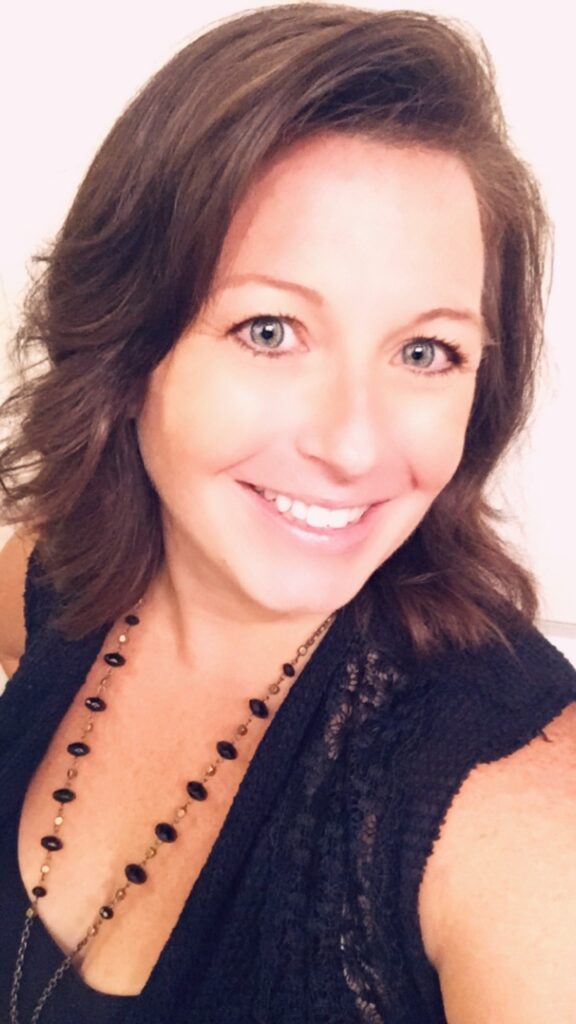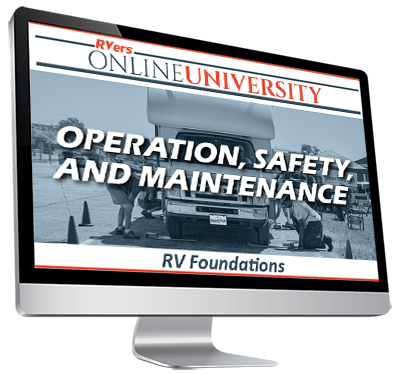
What began as an ordinary day in 2012, standing at the bus stop with my sons, became a pivotal moment in my life. I did not realize the significance of this moment until 2018, and how it would put me on the path of traveling full-time in an RV with my kids and dogs. Lyme disease can be life-altering.
The First Bite Can Be Unremarkable
I had noticed a tickling feeling on my flipflop-clad foot and looked down to see a tiny speck of dirt. I wiped it off with my other foot then went on about my day. I put the kids on the bus, reveling in the few hours I would have of some peace and quiet. A few hours later, I noticed the speck was still there and investigated. To my surprise, it was an itty-bitty tick, smaller than a poppy seed, firmly attached to my skin.
I pulled the tick off, posted about it on Facebook, and thought nothing more of it beyond the “watch for a red, bullseye rash (called Erythema migrans (EM) rash) and/or flu-like symptoms” that the average doctor’s office tells you to look for. This wasn’t our family’s first foray into tick bites. We lived in CT, the tick and Lyme capital of the world, and everyone in our house had been bitten at some point.
Six Years of Undiagnosed Lyme Disease
Fast forward to 2018. I endured years of mystery illnesses including rashes, exhaustion, severe joint pain, what I thought was early-onset dementia or Alzheimer’s, and many, many more ailments. Finally, I was diagnosed with Lyme disease. Eventually, after going through failed treatments, it was classified as chronic Lyme disease.
I was one of the many, about 20-30% of those infected, that did not exhibit any signs of acute Lyme disease but still ended up with it. Since I did not have any of the usual signs and symptoms, I was not treated in the crucial stages and therefore, suffered needlessly for many years.
The Importance of Timely Treatment
According to the CDC, Lyme disease is the most common vector-borne disease in the United States. The most common Lyme infection is caused by bacterium Borrelia burgdorferi and symptoms occur within 3-30 days after being bit.
But getting treatment doesn’t always mean you are cured. It wasn’t until recently that the CDC began to acknowledge that Post Treatment Lyme Disease Syndrome or PTLDS existed. This made things very difficult for doctors trying to treat patients as insurance and medical boards began to intervene in their methods of trying to get treatment for those still experiencing health issues. There were many doctors that lost their licenses during this time. Unfortunately, there is no proven treatment for PTLDS.

Preventing Lyme Disease and PTLDS
So how do you prevent Lyme disease and PTLDS? It is unclear why there are those that respond to treatment and those that do not. The main thing to be aware of is keeping track of when you were bitten by the tick and then track your health in the days and months that follow. Inform your primary care provider (PCP) that you were bitten and ask their recommendations. Follow up with your PCP if you experience any symptoms of an acute Lyme infection.
The CDC recommends removing the tick as quickly as possible, using tweezers to pull the head out of your skin with steady, even pressure. Use alcohol or soap and water to thoroughly clean the area afterward. Avoid folklore remedies such as “painting” the tick with nail polish or petroleum jelly or using heat to make the tick detach from the skin. Your goal is to remove the tick as quickly as possible–do not wait for it to detach.
Personally, I have bought what is often referred to as a “Tick Key”. I have a number of these devices stashed in our hiking packs and first aid kits in my Jeep and in my RV. I also carry alcohol wipes and antibacterial ointment to treat the area after removal. There are other varieties out there, but this was one of the first and generally works rather well.
As RVers, we often find ourselves in environments loved by ticks. You can read a bit more about detecting tick bites and efficient removal in this article from Karen Minard.
What If You Haven’t Been Diagnosed?
So, what do you do if you did not have any symptoms right away but are concerned you may have Lyme Disease? Definitely follow up with your PCP. Ask for a blood test. There are two tests that are typically used to diagnose Lyme Disease. One is called the Lyme ELISA, the other, the Western Blot. The Lyme ELISA is usually used to detect acute Lyme whereas the Western Blot is typically used to confirm the ELISA test results or diagnose what is often referred to as PTLDS or Chronic Lyme.
According to the CDC, symptoms of Lyme disease that will often appear later include, but are not limited to:
- Severe headaches and neck stiffness
- Additional EM rashes on other areas of the body
- Facial palsy (loss of muscle tone or droop on one or both sides of the face)
- Arthritis with severe joint pain and swelling, particularly the knees and other large joints.
- Intermittent pain in tendons, muscles, joints, and bones
- Heart palpitations or an irregular heartbeat; aka Lyme Carditis
- Episodes of dizziness or shortness of breath
- Inflammation of the brain and spinal cord
- Nerve pain
- Shooting pains, numbness, or tingling in the hands or feet
In my case, I wasn’t diagnosed with acute Lyme so I didn’t receive treatment until it had been in my system for over 6 years. At that point, treatment is much more difficult and invasive. And since there is no real treatment protocol for that stage, finding a doctor to administer untested and unproven medications, never mind getting insurance to pay for them, is rather difficult.
Living with Lyme Disease
After two long and miserable treatments, I declined any further medications and opted to just manage my symptoms with herbs and vitamins. But taking that path also meant I may have a reduced lifespan. Evaluating my options, and realizing I may never make it to retirement, I decided to embark on the full-time RV adventure with my kids while I still could. There are definitely challenges taking this path, but for me, it was the better option.

A Few Things To Remember…
Some important things to note, ticks can vary in size and while it seems that the larger the tick, the bigger the chance of contracting Lyme, the opposite is actually true. The smaller the tick, the more dangerous it is. The small ticks, or nymphs, are a greater concern. There is also debate about attachment times and how long it takes to transmit disease. The CDC has steadily walked back their data on this so I would err on the side of caution if you have been bit and keep a health journal/log, as well as notify your PCP. Some PCPs will just start you on antibiotics immediately if bitten, while others choose to wait for signs and symptoms.
For more information on ticks and Lyme Disease, please visit the CDC’s site at https://www.cdc.gov/lyme/toolkit/index.html.
Did you like this post? Pin it to Pinterest!


Author
Holly Blake
Holly Blake is a single mom who travels full-time through the US with her two youngest sons and two labradors while homeschooling and working as a Transaction Coordinator for a Real Estate agent.
As a former military child and military spouse, being a nomad is deeply engrained in her. She and her children set out in September of 2019 from Jacksonville, Florida. She chronicles their adventures on their Facebook page, There and Back Again with the Blake Clan.












3 Responses
Hi Holly – What a great, informative article. I am so happy you have had success with our Original Tick Key™. I have had Lyme Disease since 2005 and started this company in 2007. I love our product and am super excited when I hear others love it as much as I do. Thank you for the mention! And, thank you for your faith in our tick removal device. Donna
Great article!
Hello Holly,
I read your article. I want to reassure you: taking the “natural” path of healing with Lyme is not going to shorten your life. I am a retired physician and I have had Lyme for over 30 years. I had multiple co-infections. I refused antibiotics, I took the “natural” path. Now in my late sixties, I have more energy and I am more focused than most 30 years old out there. Just keep taking your herbs, have a good way of eating, and stay away as much as possible from EMFs and EMRs. Speaking of which, I do not see any article on this site about how to decrease the unhealthy effects of electromagnetic radiations while Rveing. Are there any? Thank you. Happy New Year!